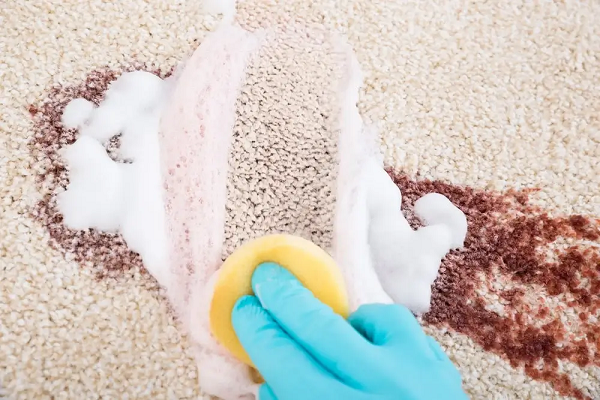Wooden floors demand extra care, and even more so during a season change. Take the winters, for instance, when we spend more time indoors. There’s increased foot pressure, and adding to the floor stress is the sand and mud our shoes carry from outside. This is why it is important to maintain your floors year-round.
If you live in Sydney, Australia, you’re in luck. The Emerald City enjoys mild temperatures in December and January, which is the best time to consider professional floor sanding in Sydney. In this blog article, we will explain the process of maintaining your timber flooring.
Begin by Understanding Timber Flooring
A wooden floor has specific needs. Unlike an engineered floor, it reacts differently to varying temperatures. Exposure to cold and hot temperatures, as well as humidity, demands a different approach. In contrast to an engineered floor, a wooden floor generally takes on more vibrations. This is why it’s vital to invest in periodic maintenance, which also adds to their durability and shine. Let’s go over the essential steps involved.
Step 1: Cleaning
Start with a thorough cleaning of your wooden floors. You can choose to sweep them or use a vacuum cleaner to remove the dust from the surface. In addition, it is essential to use a soft attachment when using a vacuum to prevent scratches.
Step 2: Damp Mopping
It is best to choose a cleaner liquid designed for wooden floors. Alongside, you can use a damp mop and start rubbing. Finally, it is important to ensure you drain the excess water, as it can seep through the wood, causing damage later on. Using harsh chemicals can also damage the wood. After you’re done, allow the floor to dry naturally.
Step 3: Refresh and Refinish
Once you are done with cleaning the floors, it’s time to check for any signs of damage. Look closely in high-traffic zones, such as the living area. In addition, you can use a touch-up kit to take care of minor scratches. For serious dents and worn-outs, we recommend hiring a professional sanding service to remove the old finish and the top layer to expose a fresh layer below. Typically, professional sanding is worth every penny to protect a wooden floor from daily wear and tear.
Pro Tip: If you plan on sanding a wooden floor yourself, you can use sandpaper with a coarse grit to rub off the old finish. Then, you can switch to a finer grit to work your way to a finer finish.
Once the primary sanding is done, it’s time to apply a new layer of finish. There are multiple options for finishes and it is important to choose them wisely. Among professional-grade finishes, polyurethane finishes are the most durable. They are water-resistant and, hence, a good choice for wooden floors. They also give natural protection from seasonal changes. The next best option is oil-based finishes. They readily penetrate wood to give a warm and natural look.
Protecting Your Floors from Harsh Weather Elements
After refinishing your wooden floors, you’ll need to protect them from different weather elements to avoid further wear and tear. Here are a few easy tips for optimal floor maintenance:
- Place mats at the entrance of your house: They will help to minimise traces of snow, dust, and debris from your shoes.
- Use a dehumidifier: Wooden floors are sensitive to changes in humidity, and incoming dry air during colder months can lead to unwanted cracks and shrinking. So, controlling humidity inside your home is essential to ensure your floors stay in the best shape.
- Don’t skip regular sweeps or vacuuming: Dust and debris buildup are culprits behind scratches on a wooden floor. Also, it is essential to avoid letting your wooden floors soak in accidental liquid spillage.
- Don’t delay repair: If you spot scratches and dents, attend to them immediately. It will help prevent worsening and ensure the shine and quality remain intact.
A Little Effort Goes a Long Way
Your wooden floors are a vital element of home decor. However, like all good things that demand care and attention, timber floors are no exception. Regular cleaning and timely maintenance add to their durability and appeal.
Revitalised wooden floors aren’t simply a thing of beauty. In fact, they reflect the fine taste of the homeowner. They also contribute to a warm and cosy ambience when hosting a house party or a holiday gathering.
Investing in the upkeep of wooden floors is an important decision, and should not be ignored at any cost. However, if your wooden floor is beyond a DIY repair, it is best to call a wooden floor sanding and refinishing expert.




